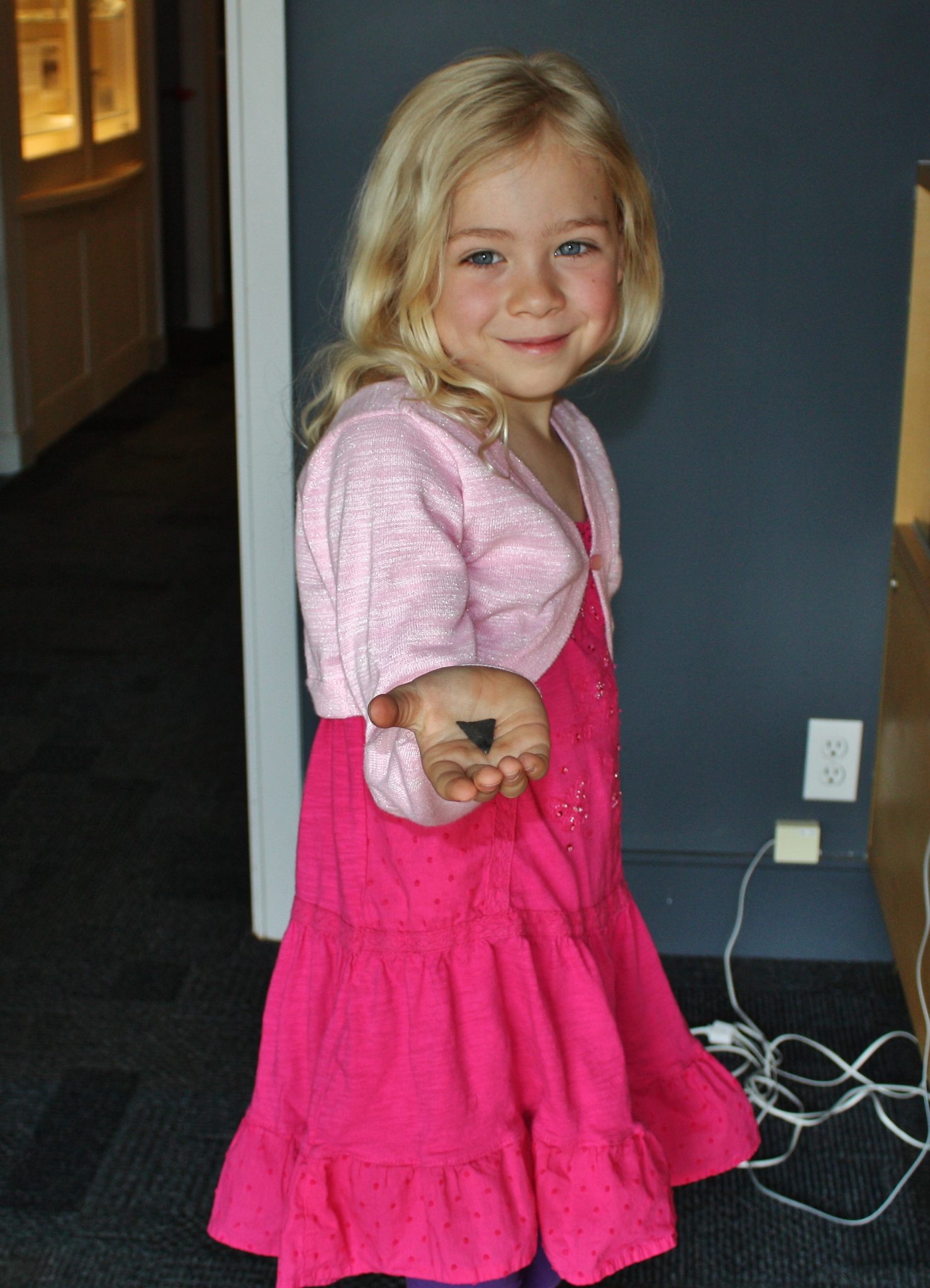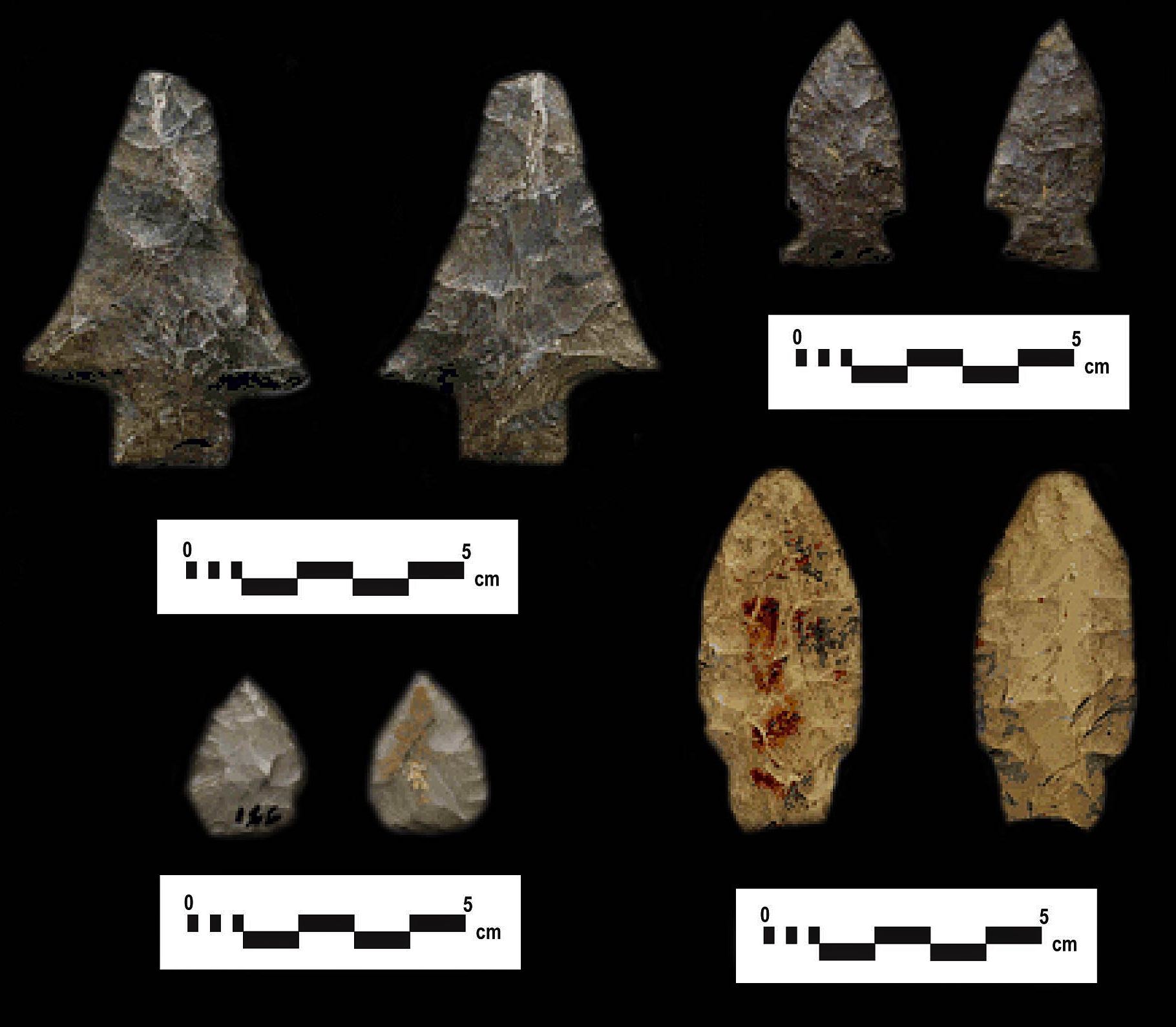Late Woodland point from the Beaches area, Toronto



In April 2015, Shauna Kirk emailed ASI to ask about a point that her daughter, Jocelyn, recently found on a walk near their home in a ravine east of Toronto. We invited them both in to show us the point and see other artifacts found in their area.
ASI Parter and Senior Archaeologist, Martin Cooper, sat down with Shauna and Jocelyn to learn more about where it was found and explain the significance of such a find. The point is fairly late and likely relates to a Seneca occupation. We’re very glad that they shared the point with us – it’s always exciting, no matter how many times we’ve seen them!
*Thanks to Shauna and Jocelyn for bringing this artifact to our attention.
[line]
3,500-4,000-year-old point from Wilson/Avenue Rd, Toronto

This spearpoint (2″ and 1″ wide) was found in the backyard of a house in the Wilson/Avenue Road area and dates to approximately 3,500-4,000 years ago. It is made of Onondaga chert that outcrops on the north shore of Lake Erie between Fort Erie and the mouth of the Grand River.
The people who made this artifact were hunter-gatherers who spoke an Algonquian language.
*Thanks to Barbara and her family for bringing this artifact to our attention.
[line]
Stone tools recovered during 1920s farmwork

In January, after reading an article about Toronto’s Hidden History (The Toronto Star, Sunday January 21, 2007), Mr. John James contacted ASI to have us examine artifacts recovered from his grandfather’s garden. He informed us that during the 1920s, while installing weeping tiles and several water features, his grandfather uncovered twelve stone tools.
We found that the majority dated to the Late Archaic period (3-4,000 years ago) while several pieces dated to the later Woodland period. After a tour of the property, it was determined that the site represented a signficant archaeological find and would be further investigated in the summer of 2007.
*Thanks to John James for bringing this site to our attention.


